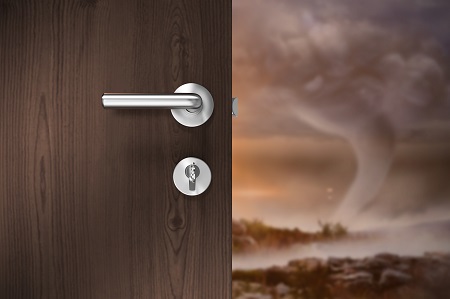As the looming threat of natural disasters, like Hurricane Florence, continues to stir anxiety and prompt precautionary measures among North Carolina residents, the impact on businesses cannot be understated. The resilience displayed during such trying times often determines the long-term viability and success of a company, underscoring the imperative need for a robust and comprehensive continuity plan.

Supporting Your Company
Ensuring seamless communication and operational stability in the face of adversity is paramount. As torrential downpours and unforeseen impediments pose a threat, establishing alternative communication channels and strategic staging locations becomes non-negotiable. Deliberate measures to reinstate connectivity and salvage critical company data, in the event of telecommunication or network disruptions, must be a core component of your disaster recovery plan. Equally critical is fortifying physical assets against potential water damage, alongside meticulously documented ownership records for insurance claims.
Supporting Your Employees
Safeguarding your employees during crisis situations necessitates a multifaceted approach. Educating them on designated safe zones within the workplace during emergencies, equipping the premises with comprehensive first-aid kits, and imparting knowledge on crucial power and water shut-off protocols are indispensable. Additionally, delineating clear protocols for remote work in the face of impassable commuting conditions fosters a culture of safety and operational continuity. Complementing this with a structured assistance program for employees facing dire personal crises underscores your commitment to their well-being.
Supporting Your Customers
Acknowledging the critical role your services play in the functioning of your clients’ businesses, especially during tumultuous times, underscores the need for a meticulous disaster recovery plan. Given the nature of our network technology offerings, our preparedness to swiftly restore operations for our clients is not just a strategic advantage but a moral obligation. Similar vigilance must be exercised by any service provider catering to essential needs like sustenance, healthcare, or shelter, ensuring unwavering support during crises.
In the interwoven fabric of support lies the foundation of successful client relations. The resilience of your clients hinges on the robustness of your organization and the welfare of your employees. Hence, fostering a comprehensive support ecosystem becomes indispensable to sustain the lifeline of your business and the satisfaction of your clientele.
While the urgency of Hurricane Florence might not have allowed for timely preparations, it serves as a poignant reminder of the criticality of a well-crafted contingency plan for safeguarding your business. Platforms like Ready.gov offer comprehensive toolkits catering to various natural disasters, providing invaluable resources to fortify the resilience of your enterprise. Let the lessons learned pave the way for a more resilient and secure future.
To learn how WingSwept supports its clients through good times and bad, call us at 919-779-0954 or email us at Team_WingSwept@WingSwept.com.
